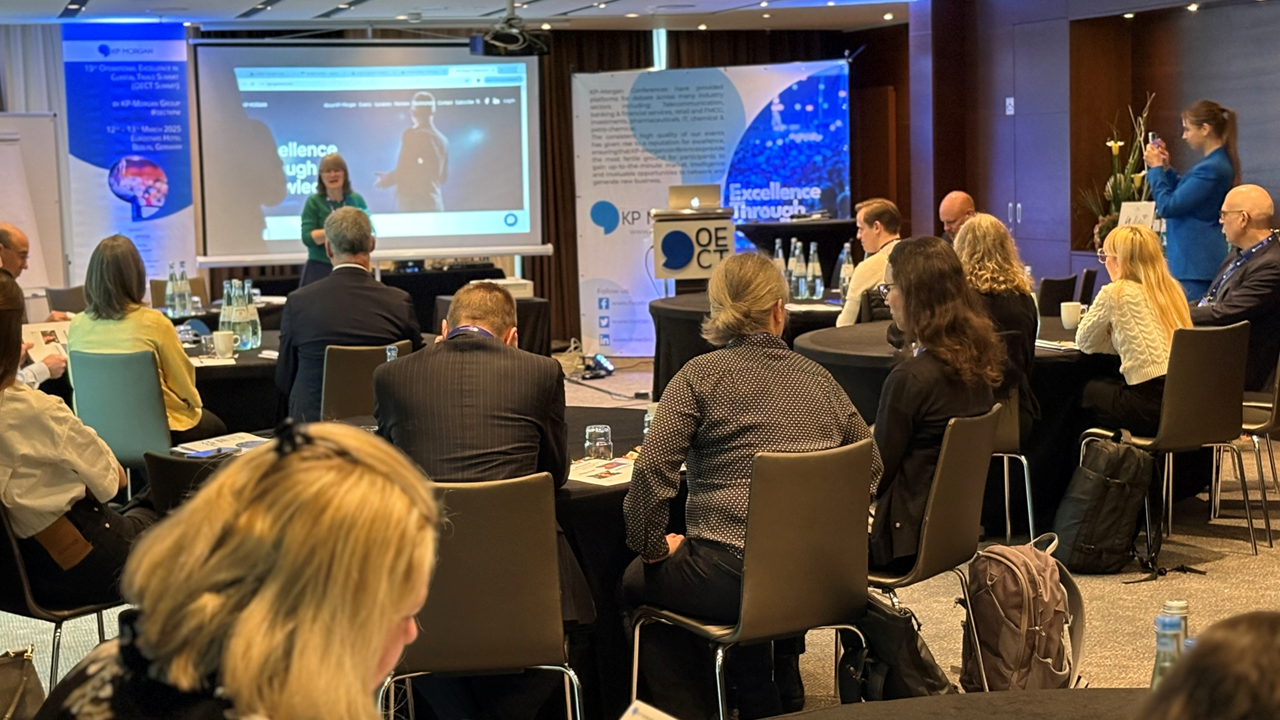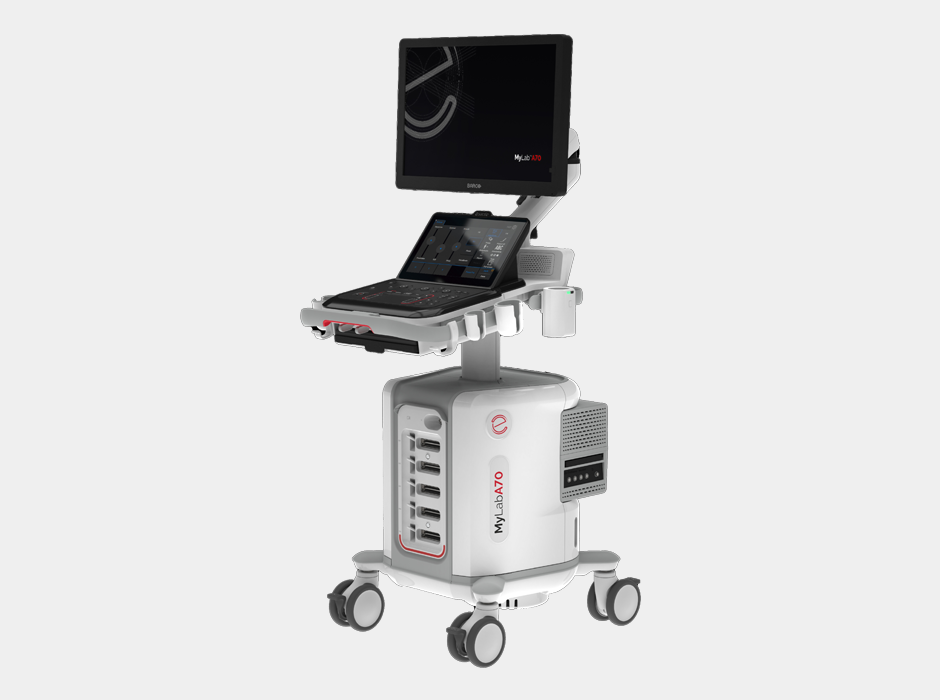Genomic sequencing is a window into our genetic makeup. For a parent, it could prepare them or help them understand their child’s potential health needs early on.
The GUARDIAN (Genomic Uniform-screening Against Rare Diseases In All Newborns) study, recently published in the Journal of the American Medical Association (JAMA), highlights how adding genome sequencing to newborn screening could reshape early detection for rare genetic conditions.
Launched in collaboration with GeneDx, Columbia University Irving Medical Center, NewYork-Presbyterian, the New York State Department of Health and Illumina, GUARDIAN explores genome sequencing’s role in complementing standard newborn screening, which currently detects about 60 genetic conditions. With a target enrollment of 100,000 newborns, the study — which screens for over 460 genetic conditions not currently part of the standard newborn screening — aims to show how genome-based screening can improve early diagnosis and support equitable healthcare access for infants across the US.
Within its first 11 months, GUARDIAN screened 4,000 newborns, identifying 3.7 percent with early-onset genetic conditions. Many of these conditions — including long QT syndrome, severe combined immunodeficiencies and Wilson disease — would remain undetected by standard newborn screening alone.
By detecting genetic conditions like these from birth, genome sequencing enables prompt intervention. In the study, of the 120 newborns diagnosed, 92 percent had conditions not included in traditional newborn screening panels.
The study also shows that most parents support expanded screening options. Seventy-two percent of families approached for the study consented to participate, with more than 90 percent requesting additional screening for neurodevelopmental conditions, even if some of these conditions are not currently treatable. This parental interest aligns with a growing movement toward broader definitions of actionability in newborn screening.
The study also addresses a common challenge in diagnosing rare genetic conditions: diagnostic delays. For many families, rare conditions can lead to years of uninformative tests and healthcare costs, often totaling up to $10,000, before reaching a definitive diagnosis. By enabling early detection, genome sequencing in GUARDIAN minimizes unnecessary interventions and provides timely support, helping to reduce the emotional and financial strain on families and improve health outcomes for children.
To date, GUARDIAN has enrolled over 13,000 newborns, expanding its screening to cover over 460 genetic conditions. Open to newborns at NewYork-Presbyterian hospitals, the study offers a scalable model for genome-based screening that could set a new standard in early detection and equitable healthcare access across the US.
Across the globe, several initiatives share GUARDIAN’s goal of advancing newborn screening through genome sequencing.
The UK-based Generation Study — a key component of Genomics England’s Newborn Genomes Programme and a collaboration between Genomics England and NHS England — began in early 2024 and plans to screen up to 100,000 newborns over two years for more than 200 genetic conditions. The Early Check Study in North Carolina, launched last year, aims to screen 50,000 newborns over five years, expanding beyond traditional parameters to include genetic risks like type 1 diabetes.
And since 2021, the International Consortium on Newborn Sequencing (ICoNS) has brought initiatives like the BabySeq Project which aims to highlight the importance of diversity in newborn genome studies. The Project recently found that genetic risk variants occur at similar rates across diverse demographic groups.











Join or login to leave a comment
JOIN LOGIN